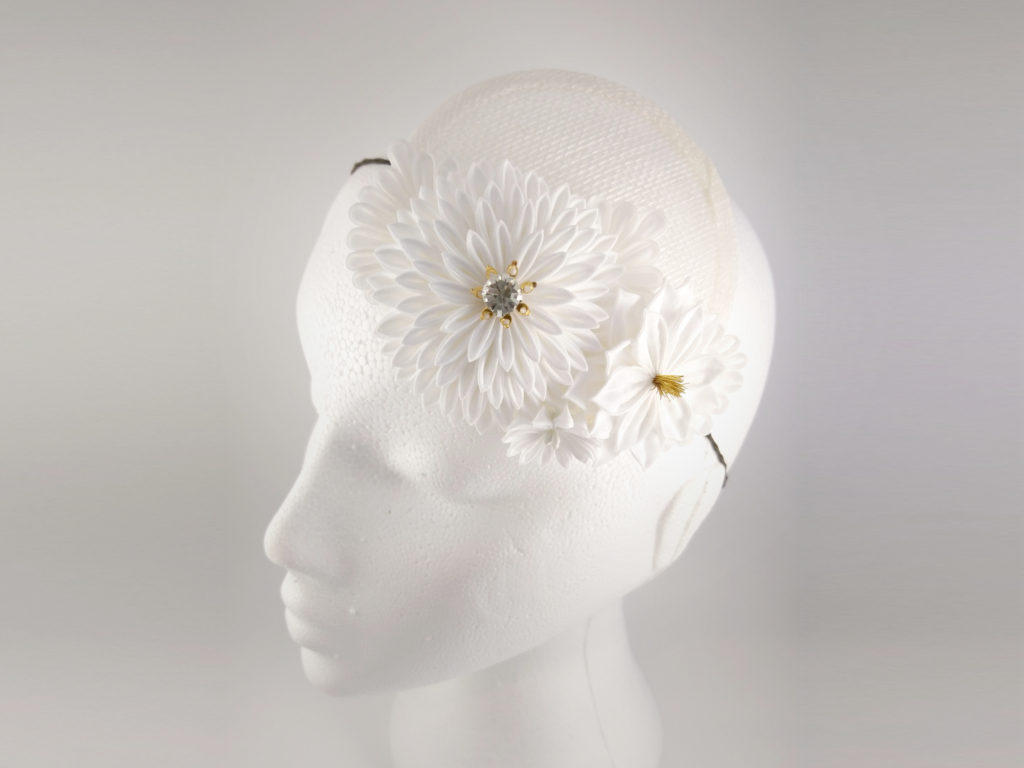
Tsumami zaiku has now become an evolving traditional craft used not only for tsumami kanzashi (hair ornaments), but also to match the modern lifestyle. In Japan, many people make tsumami zaiku as accessories and interior accessories, but once it goes beyond Japan, it is being fused with the culture of other countries.
We would like to introduce the collaboration between western formal wear and tsumami zaiku through the “tsumami zaiku fascinator”, created by Ms. Cora Fung, a tsumami zaiku artist active in the UK.
There are probably some people who are not familiar with the word “fascinator”. So we interviewed Cora about the fascinator trivia and her work.
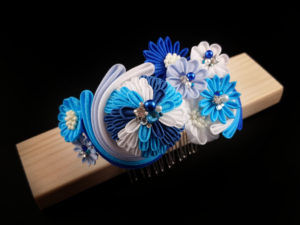
 What is a fascinator?
What is a fascinator?
A fascinator is a decorative headwear worn in formal occasions. In contrast to a hat, which covers the head, a fascinator sits on the head and acts purely as an ornamental piece. A fascinator is also called a cocktail hat, perch, or topper. It is usually secured with an elastic band or a headband, and it sits at an angle on the forehead, slightly above one of the eyebrows.
What kind of occasion do people wear them in the UK?
Before 1950s, women were expected to cover their hair when they were in public; however, in more recent times, hats and fascinators are reserved for formal events. Fascinators are worn at events such as horse races, weddings, church services, and parties.
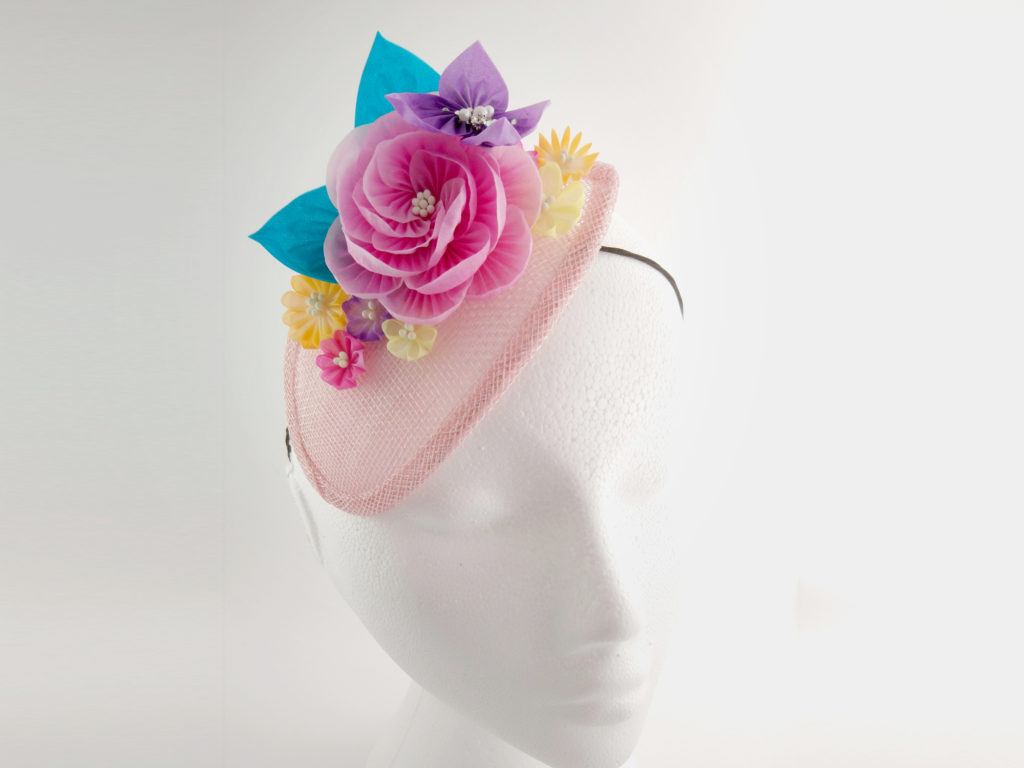
According to the royal dress code etiquette, women in the royal family are expected to wear hats or fascinators in formal events. Because of that, fascinators have always been part of the British fashion scene. Fascinators are still a popular choice of headwear for formal events. Large department stores usually have a section dedicated to hats and fascinators, and we have many world-renowned milliners in Britain.
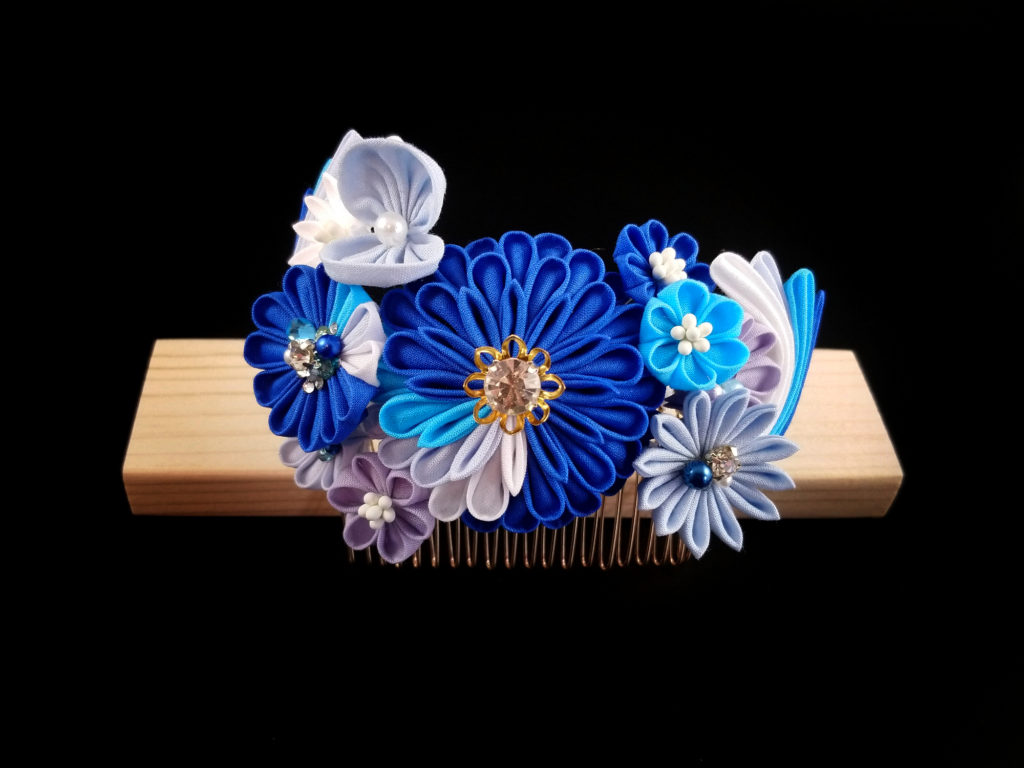 Why did you create them with tsumami zaiku? Is there a reason?
Why did you create them with tsumami zaiku? Is there a reason?
People with short or thin hair can find large tsumami zaiku headpieces difficult to wear. By including tsumami zaiku in fascinator designs, more people can enjoy wearing tsumami zaiku flowers. Also, since the British public is more familiar with fascinators, I believe incorporating tsumami zaiku in fascinator designs can help promoting the craft in Britain and the pieces are very well received on social media.
How do you design these?
Just like making kanzashi, I mostly go with intuition: I start with picking a colour scheme and the shape of the fascinator base. After that, I would make the tsumami zaiku flowers that I may want to use in the piece. Finally, I would mix and match the flowers and other components and decide on the final design.
It is truly fascinating and exciting to see tsumami zaiku spreading overseas in a new way, connecting with the culture and fashion of the country. We believe that this is a good inspiration for the people who see this blog, and that it will lead to new ideas and the creation of new tsumami zaiku. Thus, we realize that tsumami zaiku has infinite possibilities to spread all over the world.
Thank you very much, Cora for sharing!
Click here for an interview with Cora Fung↓


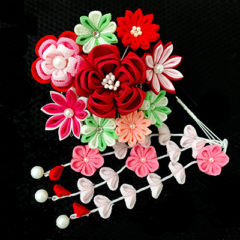
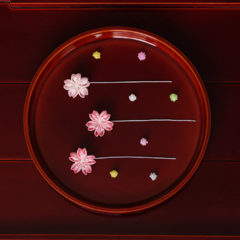
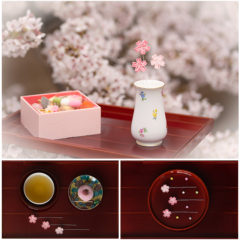
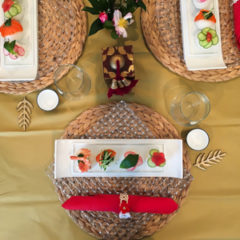
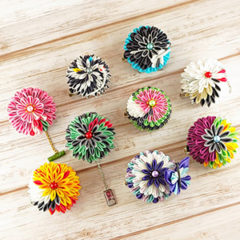
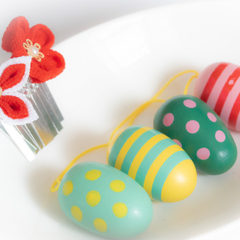

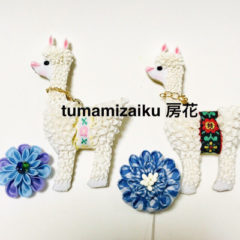


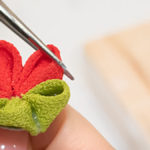

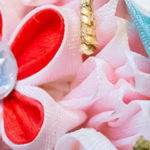
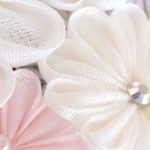
No comments yet.